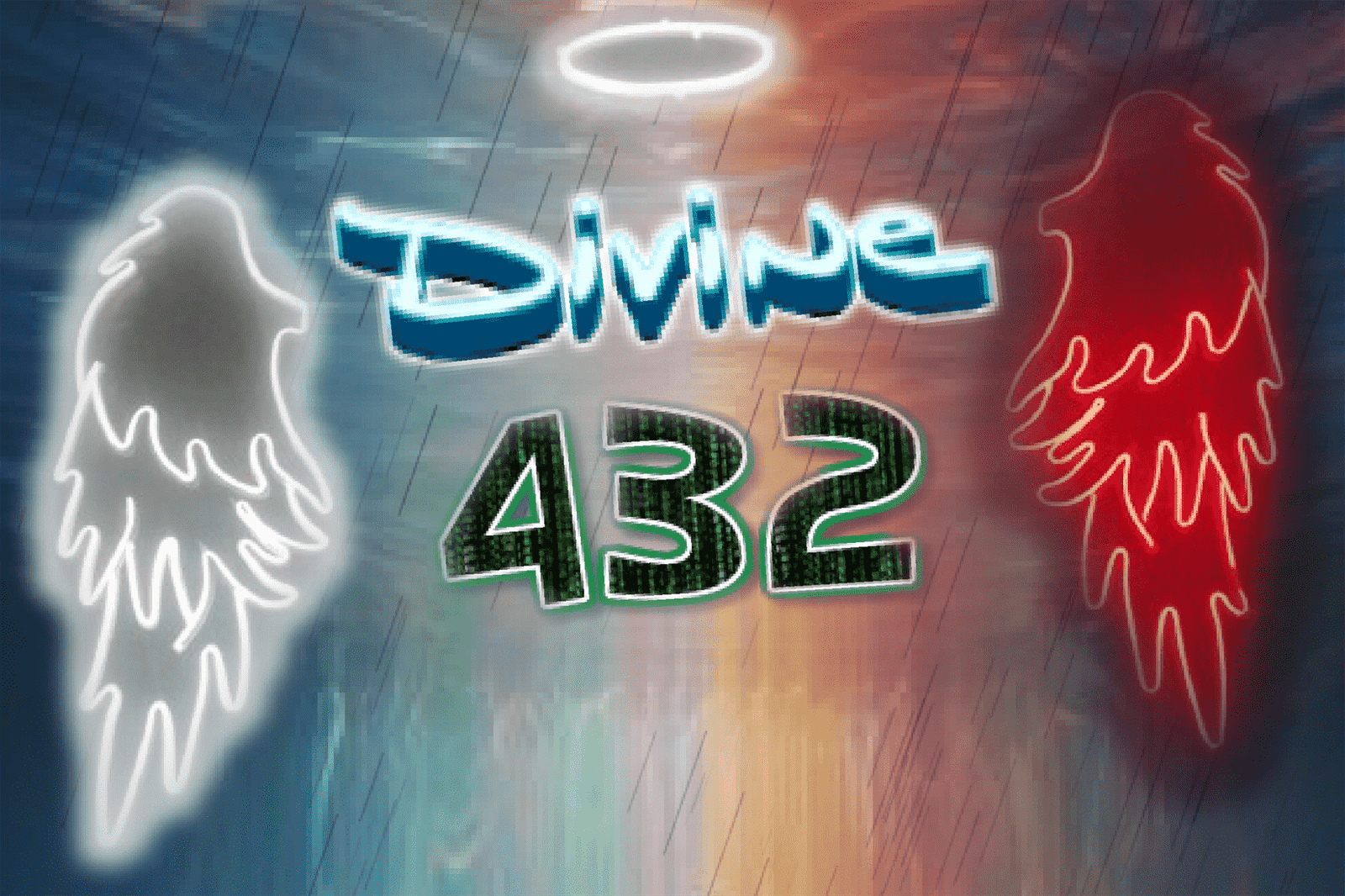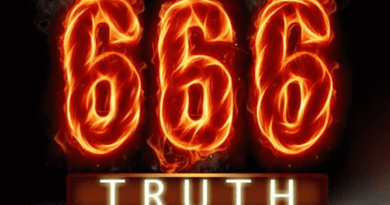432 in India: Mythic ages of time
In India, the concept of time extends far beyond mere chronological measurement; it is woven into the very fabric of existence, reflected in the intricate tapestry of myth, legend, and cosmology. Central to this cosmic understanding is the notion of Maha-yuga, a grand age that spans an astonishing 4,320,000 years, derived from the sacred number 432,000 multiplied by 10. This concept of cyclical time shares remarkable parallels with ancient Babylonian cosmology, hinting at a shared heritage of astronomical knowledge and philosophical insight. 432 in India used to play a significant role
The Babylonians, like their Indian counterparts, conceived of the universe in terms of Cosmic periods or Ages, each characterized by its own unique qualities and attributes. Among these, the four Ages of Silvern, Golden, Bronze, and Iron mirror similar conceptions found in Indian, Greek, and Irish mythologies. Intriguingly, the ten antediluvian kings of Babylon were said to have ruled for extensive periods totaling 120 saroi, equivalent to a staggering 432,000 years. This striking resemblance to the Indian Maha-yuga underscores the universal resonance of the sacred number 432, a profound symbol of cosmic order and divine harmony.
In Hindu cosmology, the concept of Yugas forms the cornerstone of temporal understanding, reflecting the cyclical nature of existence and the eternal interplay of creation and destruction. These four time periods—Kali-Yuga, Dvapara-Yuga, Treta-Yuga, and Krita-Yuga—are not merely abstract concepts but find tangible expression in the dimensions of sacred temples, where the architecture itself becomes a reflection of cosmic truths.
Kali-Yuga, the current epoch marked by moral decline and spiritual degradation, spans 432,000 years. The moat surrounding the temple, measured at the water level, aligns perfectly with this sacred number, its width echoing the eternal struggle between light and darkness.
Moving through the ages, we encounter Dvapara-Yuga, characterized by diminishing virtue and increasing vice, lasting 864,000 years. The distance from the temple entrance to the inner wall mirrors this temporal cycle, measuring a symbolic length that underscores the cosmic rhythm of time.
Treta-Yuga, a time of diminishing righteousness and growing strife, extends over 1,296,000 years. Here, the distance from the entrance to the central tower reflects this cosmic rhythm, measuring a distance that resonates with the cyclical nature of existence.
Finally, we reach Krita-Yuga, the age of purity and perfection, enduring for 1,728,000 years. From the bridge over the moat to the very center of the temple, the distance measures a length that symbolizes the culmination of the cosmic cycle and the return to divine harmony.
In this intricate dance of time and space, the sacred number 432 emerges as a beacon of cosmic significance, weaving together the threads of myth, philosophy, and architecture into a seamless tapestry of cosmic understanding. Across cultures and civilizations, from ancient Babylon to modern India, this timeless symbol continues to inspire awe and wonder, inviting us to contemplate the mysteries of existence and the eternal rhythms of the universe.




